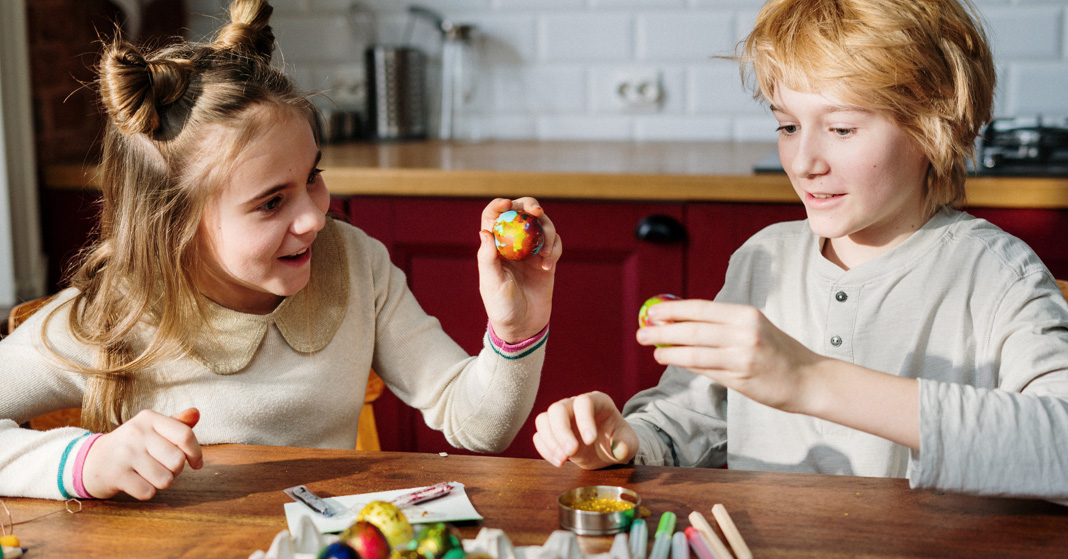
Projects, activities, and labs all play an important role in homeschooling. Sometimes we use them to help us assess whether or not our child truly understands a concept. And sometimes we use them to build a deeper understanding about a concept. But homeschool projects can be challenging, because, in order to do them, we have to have the right materials. That means that we have to plan ahead to make sure that I have everything we need. And sometimes getting those materials can be difficult and expensive. If you are like me and have multiple school-aged children, you may be tempted to skip those projects all together.
Resources for Homeschool Projects
Thankfully, there are resources available to help us manage both the inconvenience and the expense of those projects. Here are a few that I have found especially helpful.
Logos Science Kits
Logos Science kits contain everything—everything—that you will need for BJU Press science projects in grades 7-12. Additionally, they are more cost effective than if you bought all the materials separately. It’s also a great investment if you have a younger child who is going to take the course in the future because you can purchase refill kits that contain only the materials that will be consumed after a single use.
Miller Pad & Paper
This is my go-to company for art supplies, handwriting paper, and blank books (great for writing projects!). I usually stock up at their booth during homeschool conventions, but they ship many of their products too.
Local Educational Supply Stores
Your local teacher or educational supply store is also a great resource for project materials. I have found that mine often has basic science lab equipment (like magnifying glasses, thermometers, and eye droppers) for a good price.
Sometimes it is impossible to go to the store to purchase needed items for a project, so you might have to improvise. This was the case for us early on during the COVID-19 pandemic. My third grader was scheduled to complete the edible cell activity in Science 3 (an activity that she was really looking forward to), but we lacked the Fruit-Roll-Ups® necessary for representing the cell walls. I really didn’t want to take my grocery-cart-licking-toddler to the store, so I went on Pinterest and found a recipe for homemade fruit leather. It worked!
I hope these resources will be helpful to you as you plan your homeschool projects for this coming school year. Happy homeschooling!
Leave a Reply